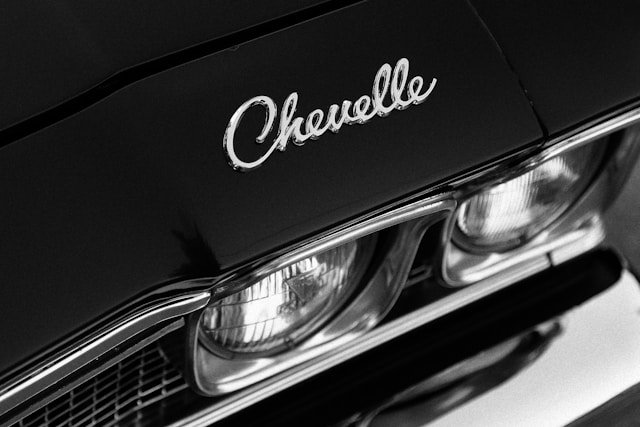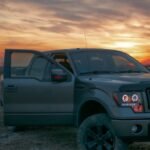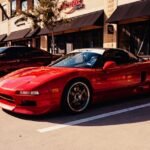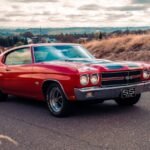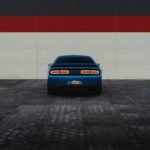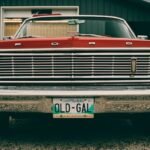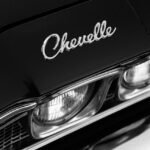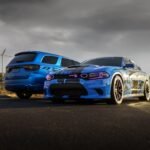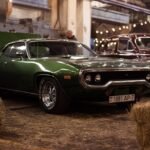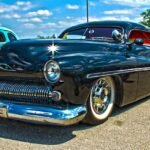If you grew up when Main Street still filled up on Friday nights, you remember the Impala. It was Chevrolet’s full-size star—big, comfortable, and everywhere. But the Impala SS was something else.
It was the same handsome cruiser with a harder edge, the car that let a family Chevrolet mix it with the hot stuff. Here’s how the SS idea arrived, why it mattered in the 1960s, and what made it different from a regular Impala.
Setting the stage: SS arrives for 1961
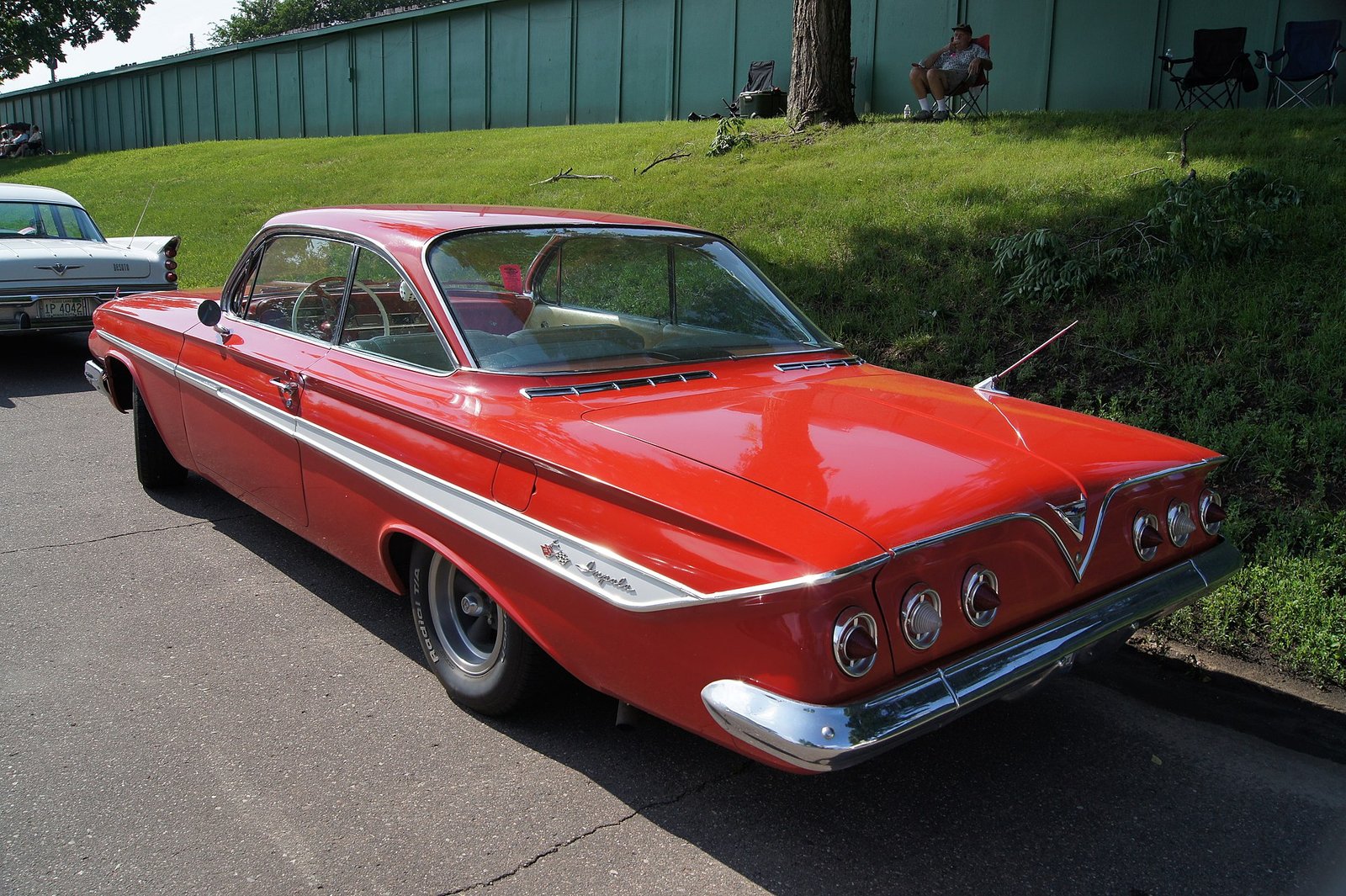
Chevrolet announced the Impala Super Sport option for the 1961 model year at the turn of the decade, planting the “SS” badge that would become Chevy’s public promise of performance.
Unlike later years, that first-year SS could be fitted broadly across the Impala lineup, and it bundled real go-fast hardware with the dress-up pieces.
Wikipedia
What the first SS actually added
That inaugural package wasn’t just emblems. The 1961 SS brought heavier-duty springs and shocks, sintered-metallic brake linings, chassis reinforcements, a tachometer, and even a passenger grab bar—plus trim touches and spinner-style wheel covers.
Chevy limited engine choices on SS-equipped cars to its top V-8s, culminating in the brand-new 409-cid big-block rated at 360 hp. Period pricing made headlines too: the core SS kit was a low-dollar upgrade (a famous figure often cited around fifty-odd bucks), which made the transformation feel like found speed.
Just how rare were the early heavy-hitters? Out of the hundreds of 1961 Impalas that received the SS package, only 142 left the factory with the 409—one reason those cars loom so large in memory and at auctions today.
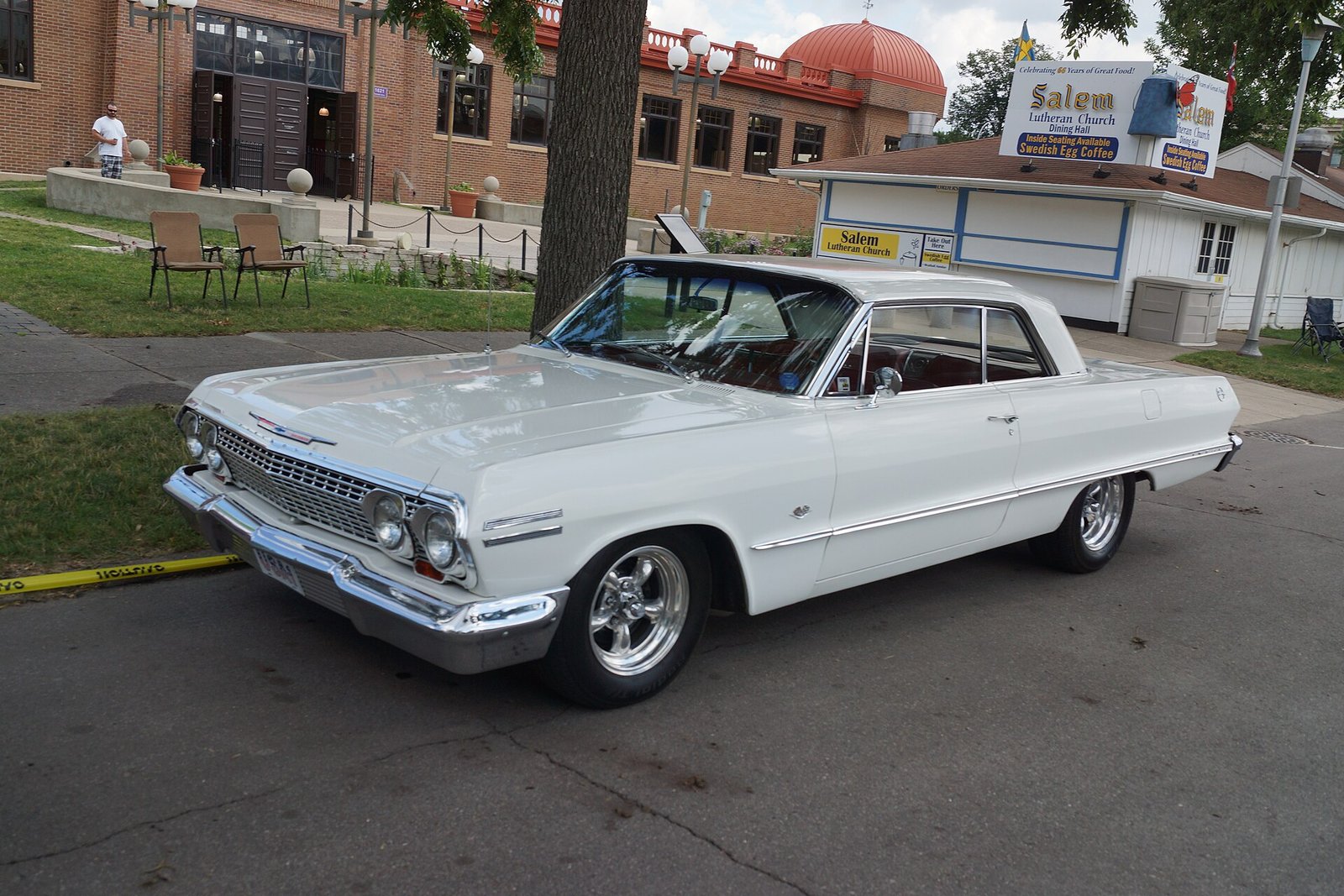
1962: From limited run to street phenomenon
Chevy doubled down for 1962, and the SS idea caught fire. The option spread to hardtop coupes and convertibles in large numbers, and Chevrolet moved the SS closer to an appearance-plus package—bucket seats, a console, and engine-turned interior trim—while still letting buyers order the serious engines and heavy-duty bits.
That year alone, 99,311 Impalas were sold with the SS option, and special lightweight Z11 drag cars (built mostly on Bel Air “bubbletop” bodies) showed what a 409 could do at the strip.
How SS differed from a “regular” Impala
By the early–mid ’60s, walking around an SS you’d spot the tells right away:
Exterior and interior SS badging and brightwork (including the engine-turned trim on early-’60s cars).
Bucket seats and a center console on most ’62–’64 SS models—rare touches in full-size Chevrolets at the time.
And while the SS look became more widely available after 1962, Chevrolet still kept the door open to real performance: you could order an SS with the big-blocks and HD bits if you knew what boxes to tick.
From the boulevard to the drag strip
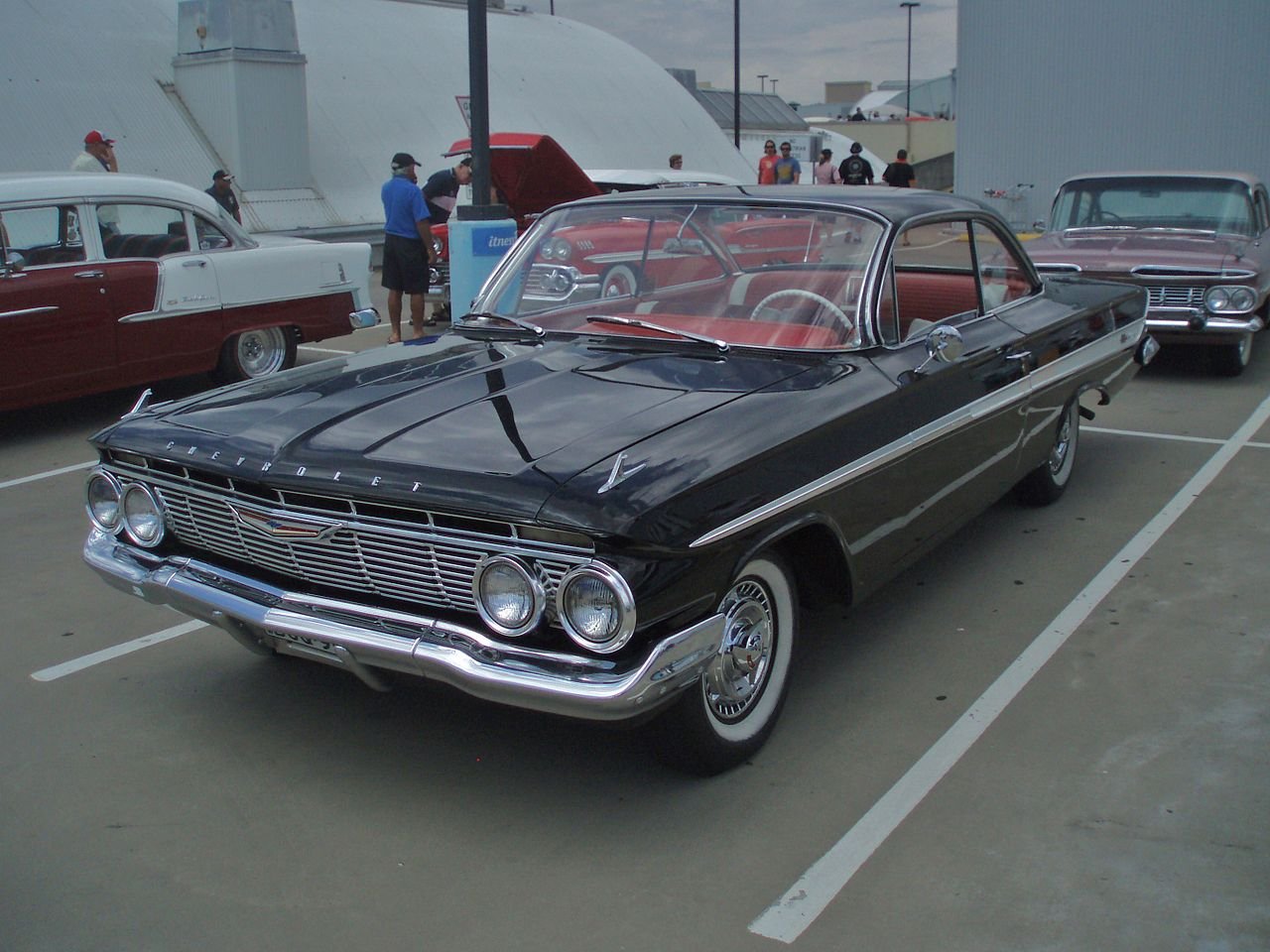
The 409 gave the Impala SS its legend. Early cars were already turning strong quarter-mile times in stock trim, and names from the drag-racing pages helped cement the reputation.
Chevrolet’s full-size “W-motor” era was short, but it made a lasting impression; the 409 would be phased out early in 1965 as Chevy’s newer big-blocks took over, but by then the song—and the stories—were already part of American car culture.
The SS grows up: a series of its own
Another reason the SS stuck in the American memory: it didn’t stay a mere box on the order form. From 1964 through 1967 the Impala Super Sport became its own model series with distinct VINs, which helped the badge stand apart on the showroom floor and in the classifieds.
After 1967, Chevrolet kept fine-tuning the formula (including the SS427 equipment package), but the blueprint—style plus optional serious performance—was set.
Wikipedia
Why it became an icon
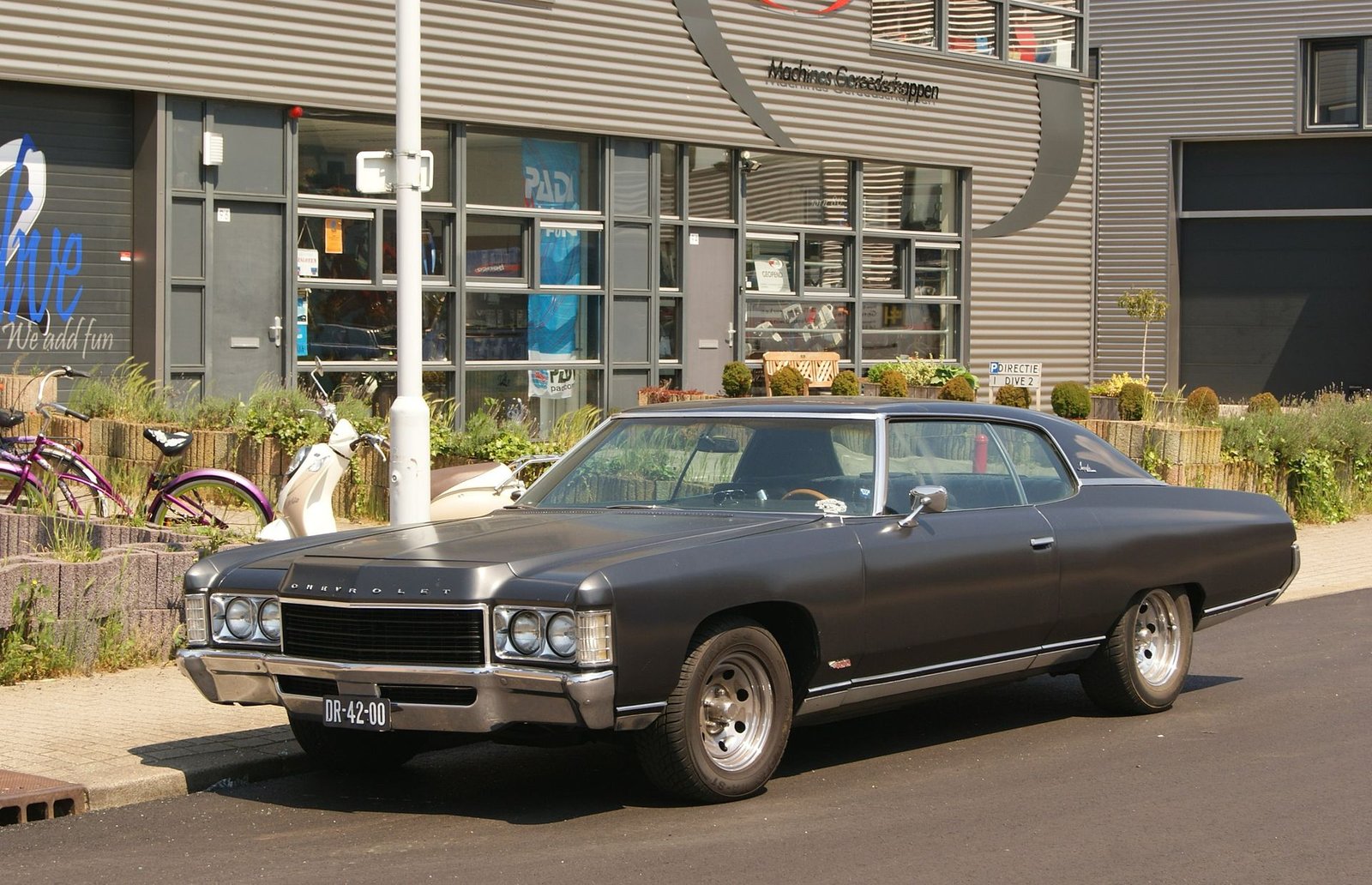
For many buyers, the Impala SS struck a sweet spot the market rarely hits: the comfort and space of a full-size family car, dressed with the attitude and options of a muscle machine. It could carry four adults in quiet comfort on Sunday, then run hard and straight on Saturday night.
And because the package was attainable—especially in 1962—it put genuine performance within reach of ordinary buyers. That’s why, six decades on, an SS badge on an early-’60s Impala still stops people in their tracks.
